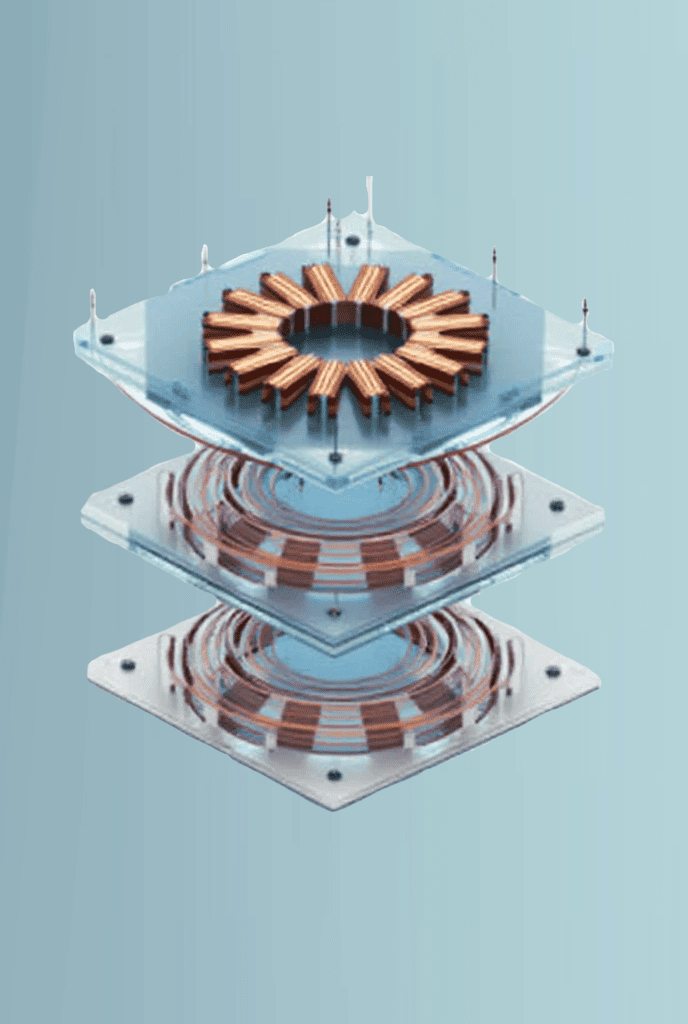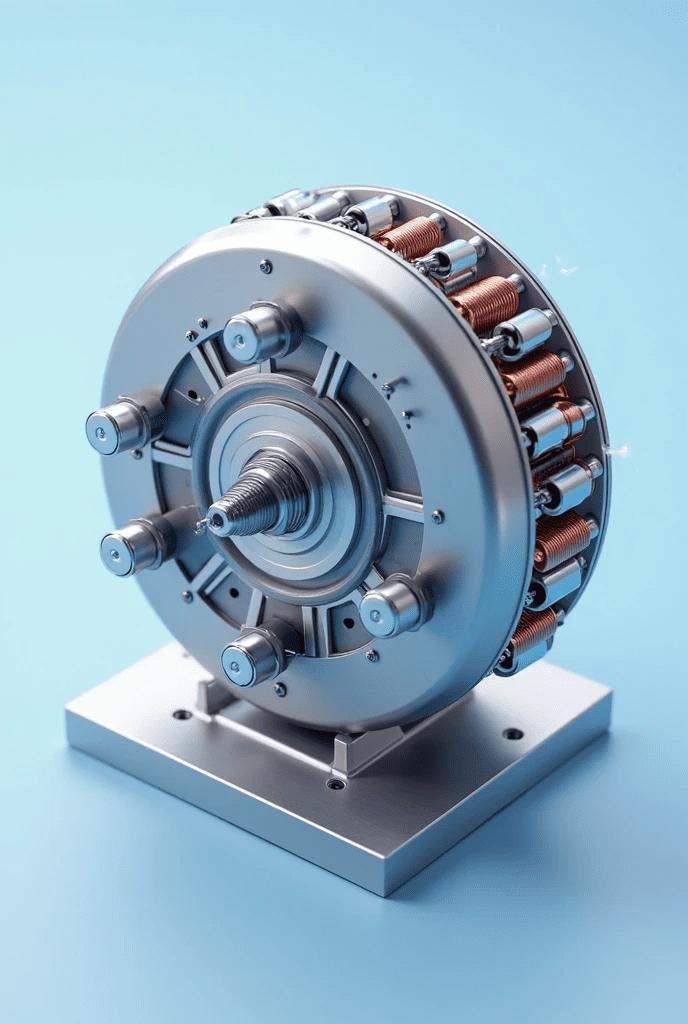Tailored Solutions for Industrial Motion and Efficiency
At NIMEC, every motor is custom-built — we do not produce standard, off-the-shelf
solutions, but design and manufacture units tailored precisely to the specific
requirements and tasks of each client. This approach allows the system to be
adapted to the characteristics of the mechanism, operational conditions, and
desired power output, creating unique solutions unavailable from mass-market
manufacturers. Our motors can drive shafts of various industrial mechanisms,
hydraulic pumps, and fluid systems of any type — from water to specialised
technical fluids — providing stable rotation and maximum efficiency.
The cost of each unit is determined by a variety of factors: power, geometry,
materials, durability requirements, and specific operational conditions.
Pricing is calculated individually to ensure an optimal balance between
efficiency, reliability, and economic feasibility. This approach allows
our clients to accurately plan their investments, achieve high returns
from technology implementation, and have confidence that the motor perfectly
meets their production and technical needs.
Every NIMEC solution is not merely a motor, but a tool for enhancing productivity
and economic performance, where engineering precision and innovative magnetic
technologies combine to transform the potential of magnetic fields into tangible
advantages for your business.




